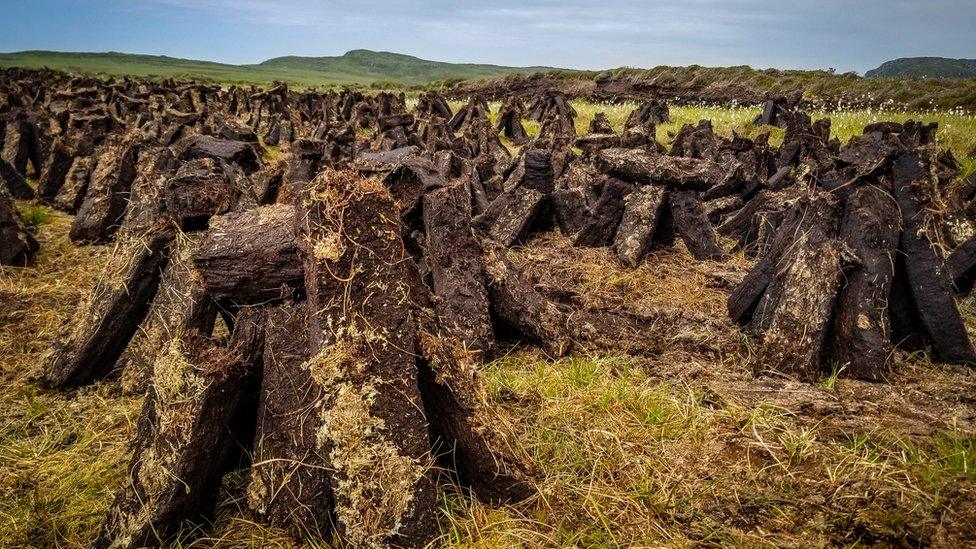NI environment targets 'less ambitious' than other parts of the UK
- Published
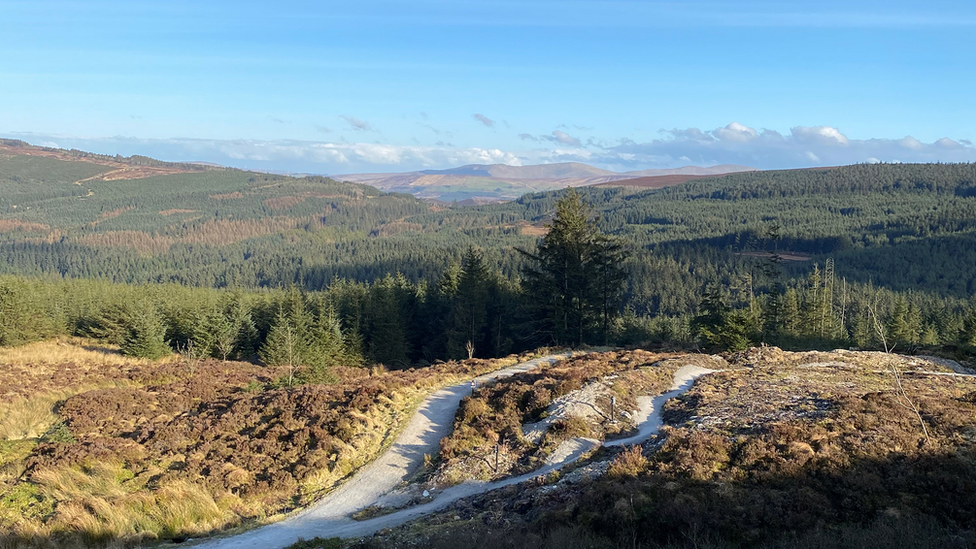
Northern Ireland is one of the least-forested parts of Europe and the strategy pledges to increase woodland cover
Northern Ireland's draft environment strategy is "significantly less ambitious" on almost every target than neighbouring regions, a Stormont committee has heard.
Members of the agriculture and environment committee were given an overview of targets in the other UK nations and the Republic of Ireland.
In Northern Ireland, longer time frames have been set to meet some targets.
The strategy is currently out for consultation, external.
On reforestation and peatlands, the committee heard the strategy pledges to increase woodland cover to 8.8% by 2030, which would mean planting about 1,400 hectares per year.
That, an official told the committee, appeared to be "significantly less ambitious" than pledges from Scotland and Wales, and also commitments made in the Republic of Ireland, "both in terms of the annual hectares to be planted and total coverage".
Northern Ireland is one of the least-forested parts of Europe and tree-planting is one way to help take carbon out of the atmosphere.
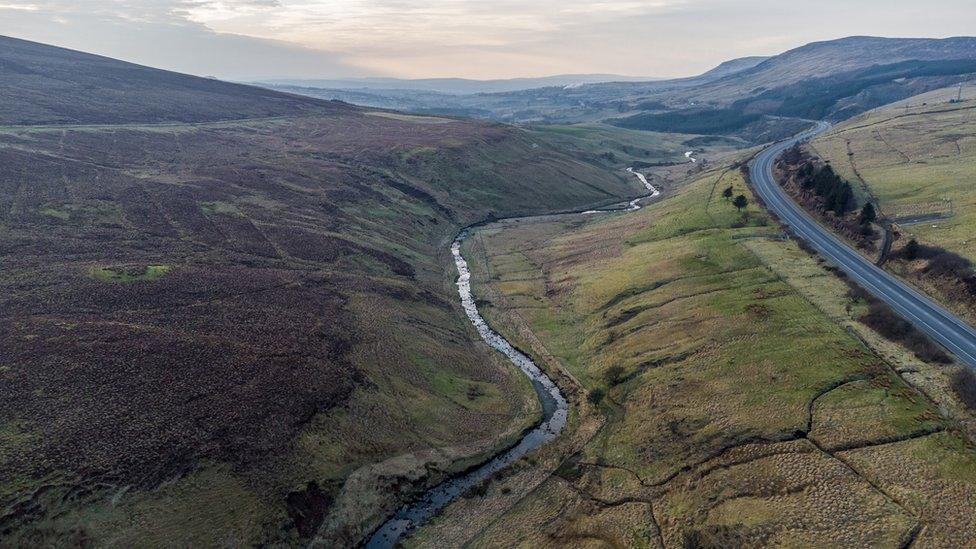
Semi-natural peatlands, like here beside the Glenshane Pass, should be conserved
Peatlands also play an important role, but many here are damaged meaning they emit, rather than absorb, carbon.
The committee heard there was an aim that all semi-natural peatlands - where vegetation has been impacted by human disturbance but has been recovered to its near-natural state - should be conserved or restored to health by 2040.
That's the longest time frame out of all the compared nations.
England has already pledged £50m for peatlands by 2025, with Scotland investing £250m over the next 10 years to restore a quarter of a million hectares of peatland by 2030.
The government in Wales has begun a five-year plan, with an 800 hectares per year target, and the goal of restoring all peatland.
And the Republic of Ireland plans to restore all raised bog habitat by 2035.
Water targets
How water quality is measured in Northern Ireland changed last year, with a new category of substances being included in the chemical assessment.
That meant no water bodies achieved good status in the most recent 2021 report but, before the change, only a third managed it in 2018.
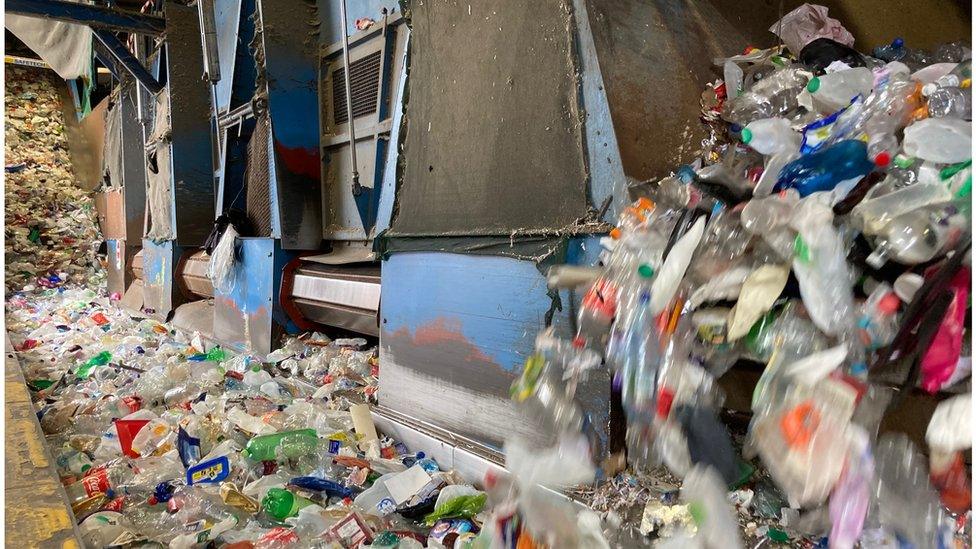
The strategy did not include an aim to recycle 70% of all waste by 2030, as recommended by the Climate Change Committee
The environment strategy sets a target of 70% of water bodies reaching good status by 2027.
But that's "significantly less" than in Scotland, according to officials, and lags behind England and Ireland as well.
Unlike the other UK nations and Ireland, no time frame is set for all waters in Northern Ireland to achieve good status.
And the committee was also told the strategy did not include the aim to recycle 70% of all waste by 2030, as recommended by the Climate Change Committee, nor did it set targets for overall and food wastes as Scotland and Wales had done.
Instead, it set targets for different types of rubbish, that 78% of packaging would be recycled by 2030 and 90% of drinks containers by 2028.
The environment strategy consultation closes on 18 January 2022.
The Climate Change Committee is an independent group of experts who provide the UK government with advice on the climate crisis.
It has assessed that, with its reliance on agriculture, Northern Ireland will not be able to reach net zero by 2050.
Instead, it has suggested aiming for an 82% reduction in emissions as the nation's contribution to the UK's overall net zero ambition.
Two climate change bills are currently going through Stormont - the first, from Clare Bailey of the Green Party, with an aim of achieving net zero by 2045.
The second, going for an 82% reduction following the recommendation of the Climate Change Committee, brought by Agriculture Minister Edwin Poots.
Related topics
- Published14 April 2021
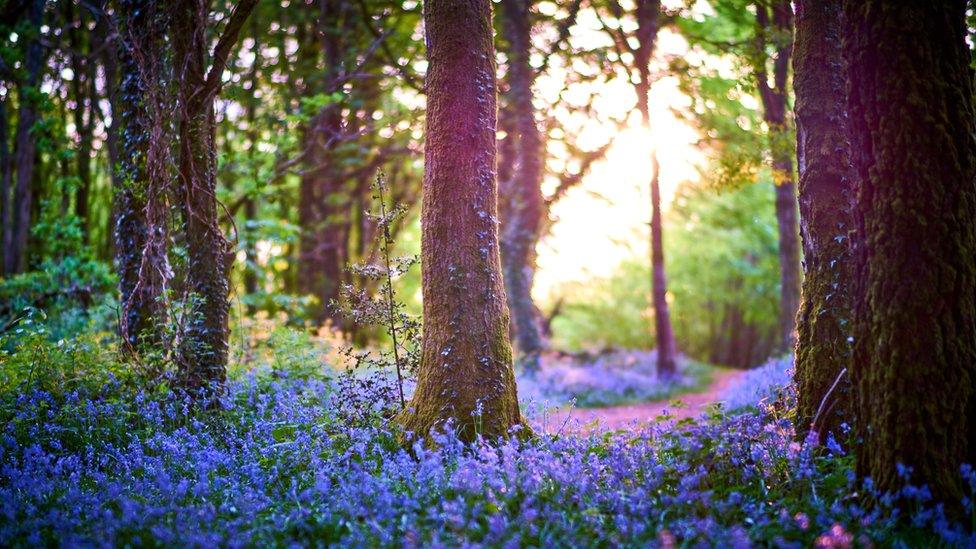
- Published2 March 2020
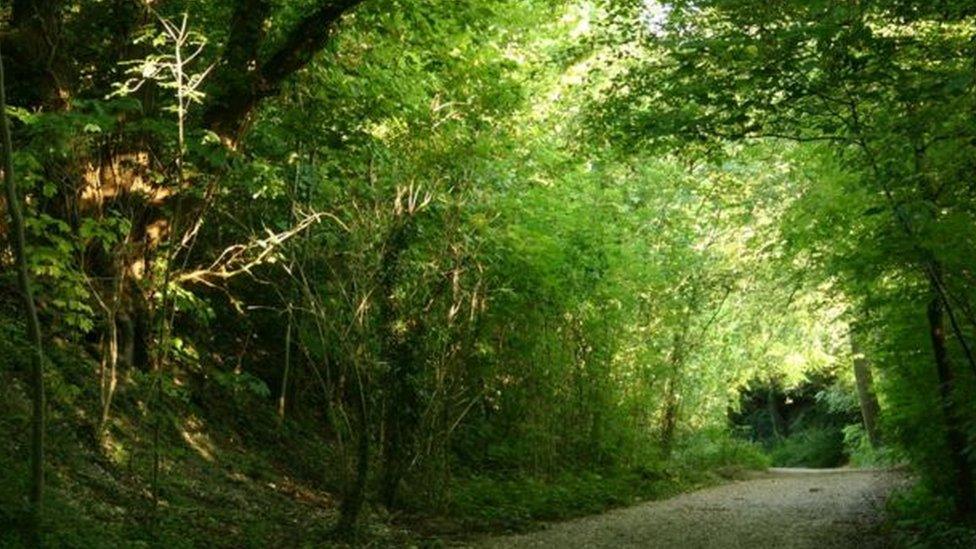
- Published12 November 2021
